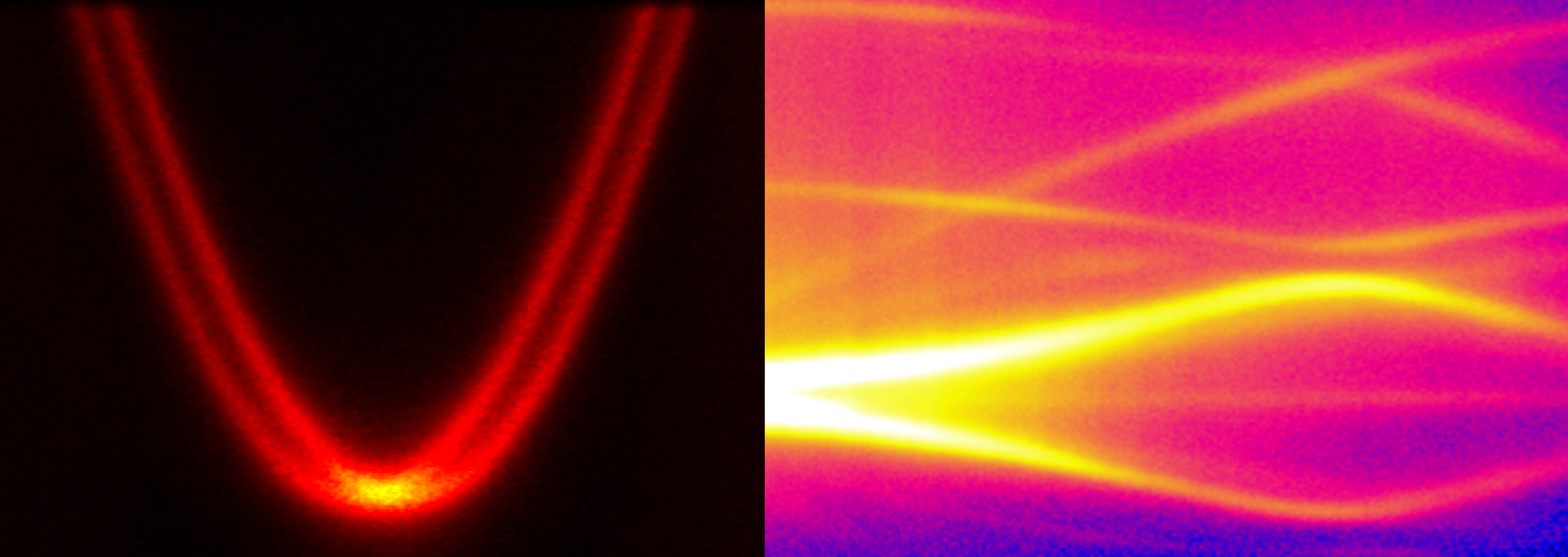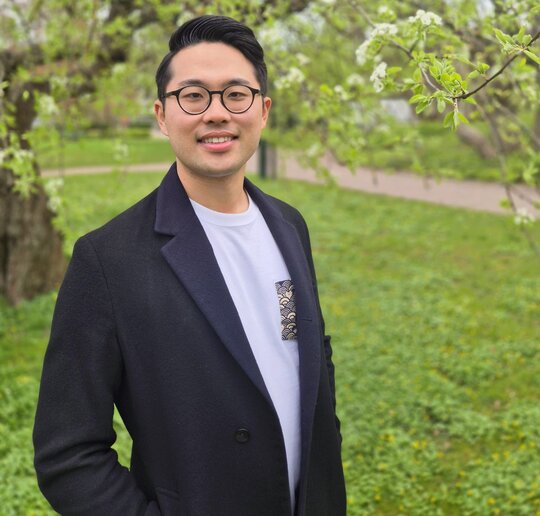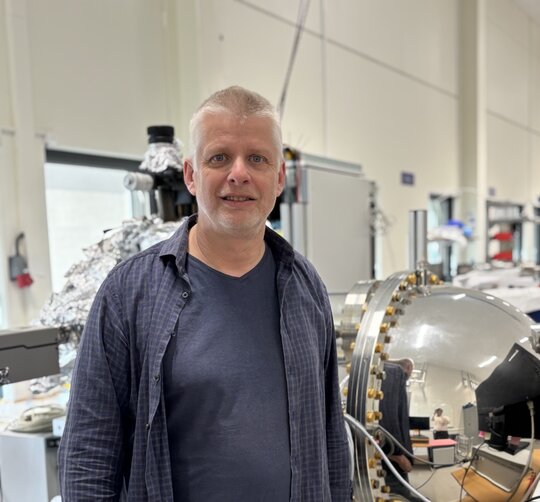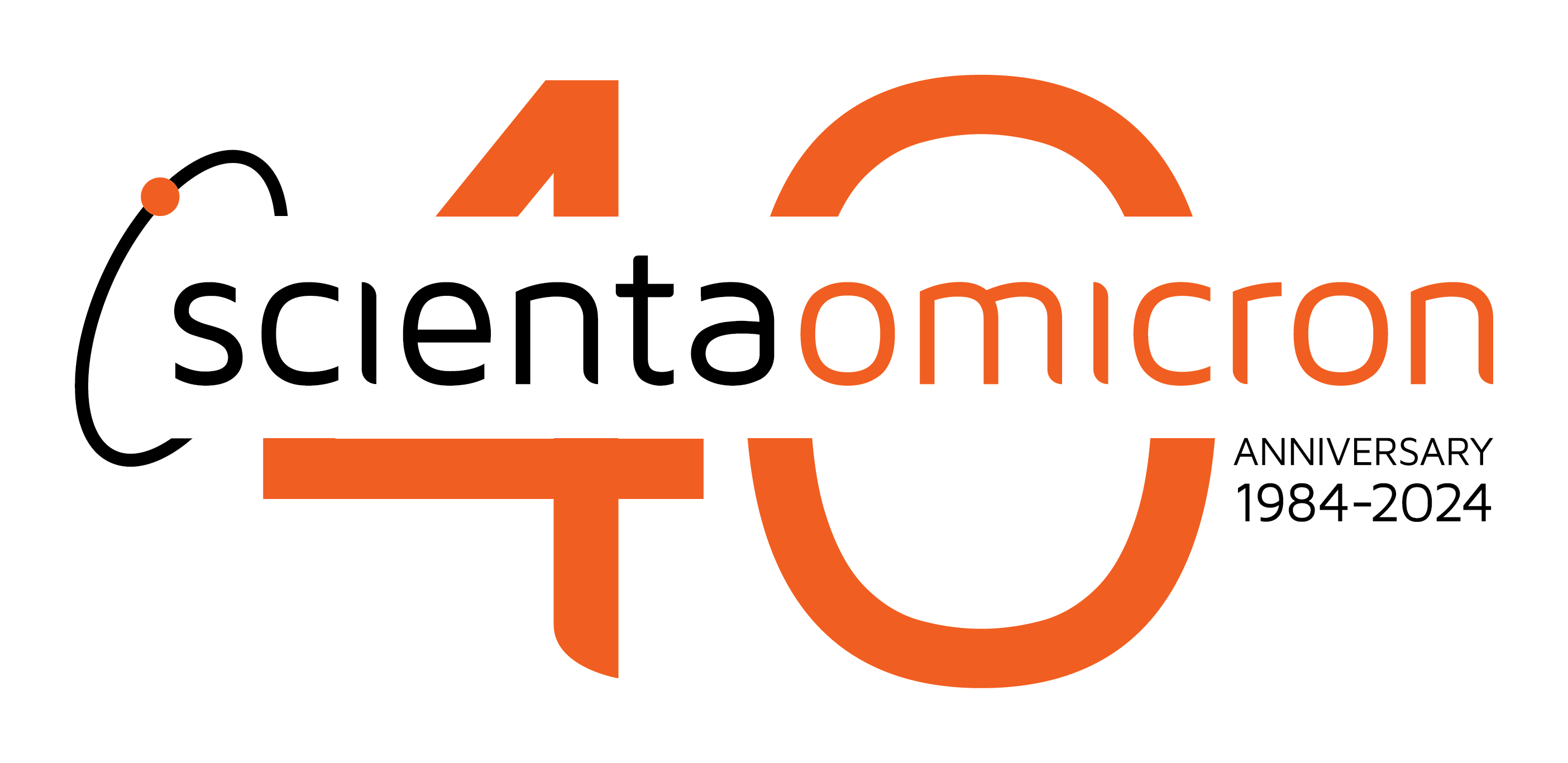Exploring electronic band structure and collective excitations in quantum materials

From Fundamentals to Function: A Deeper Look at HREELS & ARPES
Quantum materials are characterized by electronic band structures and various collective excitations (like phonons, etc). Understanding the interplay between the two provides an avenue to explore the mystery of quantum phenomena.
Angle-resolved photoemission spectroscopy (ARPES) has been instrumental in understanding of quantum phenomena by probing electronic band structures. High-resolution electron energy loss spectroscopy (HREELS) allows to understand various surface excitations, including molecular vibrations, phonons, plasmons, magnons, and excitons. Multichannel HREELS allows orders of magnitude faster measurements compared to traditional single channel HREELS. Multimodal characterization combining state-of-art HREELS and ARPES/XPS for the same sample using the same analyser enables to study the interplay between electronic band structure and collective excitations.
Discover how multimodal characterisation using HREELS and ARPES enhances your research, for example, electron-phonon coupling and topologically protected excitations. This seminar will also provide introduction to principles and applications of HREELS and ARPES.
Meet the speakers

Dr. Hashimoto has a PhD in Science at University of Tokyo (Japan), where he worked with ultrahigh resolution laser ARPES. He joined Scienta Omicron as development engineer in 2020. He has contributed to and led multiple developments in high resolution ARPES and has published a patent on electron detectors, and two review papers about laboratory based HAXPES.
In his current role he supports researchers using Scienta Omicron’s electron spectroscopy solutions. As product owner, he translates customer needs into tangible solutions that can support the growing needs of the surface science research community.

Dr. Hahlin has a PhD in Physics at Uppsala University where he worked with Magnetism on Thin Transition Metal Films. He joined Scienta Omicron as a Test/Installation Engineer in 2005. As a test engineer he established a good understanding of important quality measures in producing scientific instrumentation. He has installed electron spectroscopy instrumentation at research institutes and universities around the world and understands the reality for the everyday scientist. After internally switching to development he has been part of and led the development of new ARPES equipment such as DA30, and DFS30 analysers.
In his current role he is part of the team developing instrumentation for the Scienta Omicron electron spectroscopy solutions.”
